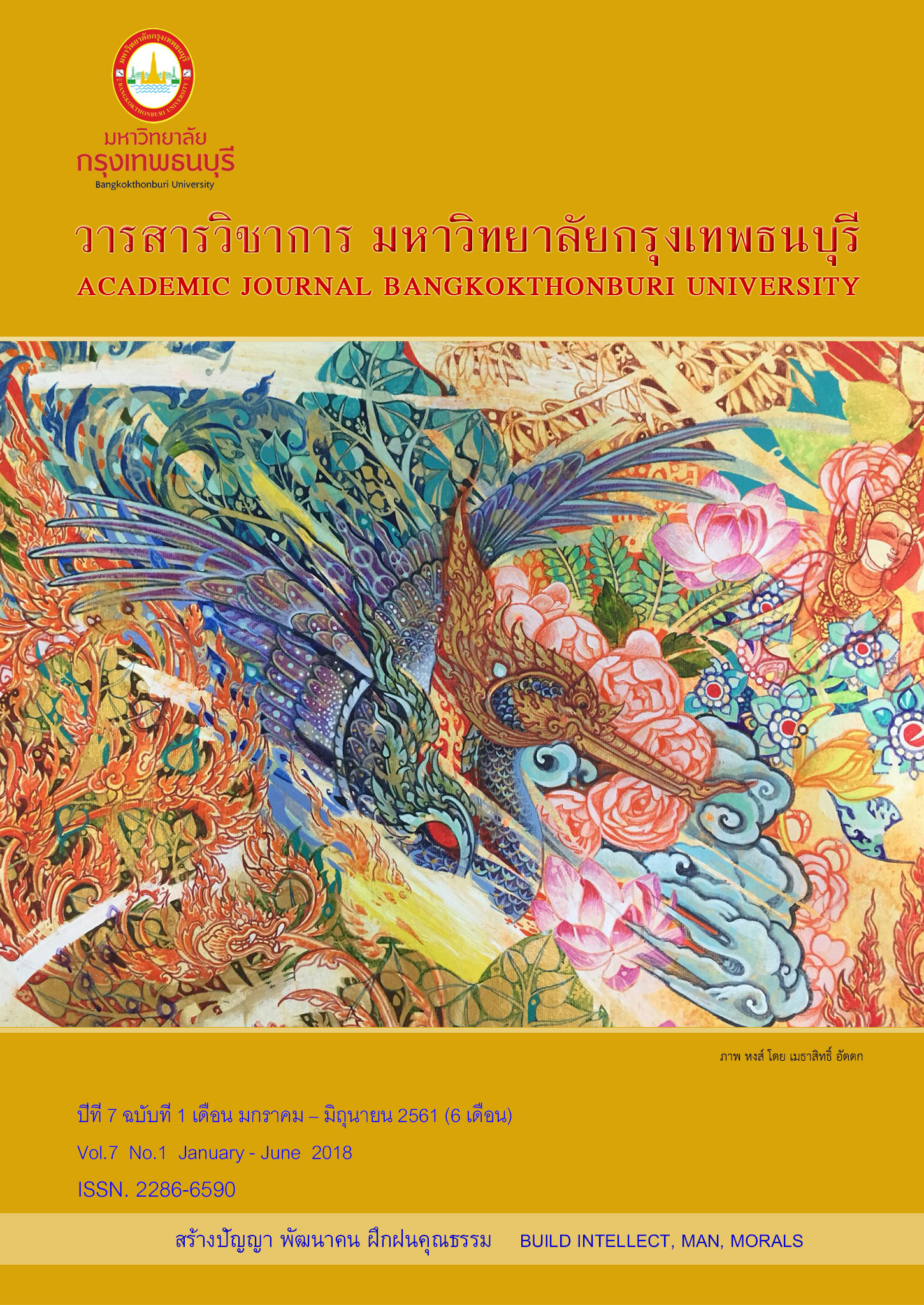Local Fiscal Administration between Urban and Reginal Areas in Municipalities
Main Article Content
Abstract
ABSTRACT
This research aims 1) to synthesize the local fiscal administrative research from the research fund database (TRF), and 2) to study field data based on the synthesis of local fiscal administration from such databases consisted of income, expenditure and public debt by comparison, municipalities in urban areas, for example, Pakkret Municipality of Nonthaburi With the Khao Khiris municipality of Kamphaeng Phet. This research is a qualitative research. The data were collected by Group discussions and in-depth interviews with local authorities, such as vice mayors, mayor counselors and 20 staffs responsible for the fiscal administration of each of 20 people. And the data were analyzed by content analysis to obtain saturated data. The findings found that Research packages focused on supporting local municipal finance systems are divided into 2 types: 1) research categories supporting local fiscal systems; 2) types of local fiscal support; The research series focused on supporting the local fiscal decentralization in municipalities, which were divided into 2 types: 1) the type supporting the fiscal decentralization of revenues and expenditures, and 2) the types supporting fiscal decentralization. Management efficiency and local fiscal administration at Pakkret Municipality of Nonthaburi and Khao Khiris Municipality of Kamphaeng Phet were found that the source of income, political influence, potential of Tax Collector Utilization of taxation tools in economic, social and cultural contexts, as well as public confidence in the management of collected taxes, is most effective in helping Pakkret Municipality of Nonthaburi be more efficient than Khao Khiris municipality of Kamphaeng Phet. This is because the Khao Khiris Municipality is located in the region. The source of income is less than Pakkret Municipality and political influence is not as complex as with Pakkret Municipality. The budget is the same, according to the plans and regulations of the Ministry of Interior. However, the problem of urbanization is more severe and complex. The budget disbursement is not flexible. And public debt is also a new thing in Thai society. The lack of knowledge of such debt financing for public service use in municipalities varies considerably. Commitment of municipal debt is mainly attributable to government financial institutions. Therefore, if there is a study of the debt-to-value ratio for public services to be effective, the public debt will be necessary for local development to be strong and sustainable and also economic value should be studied together.


